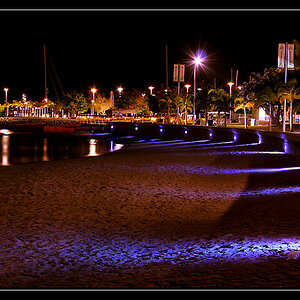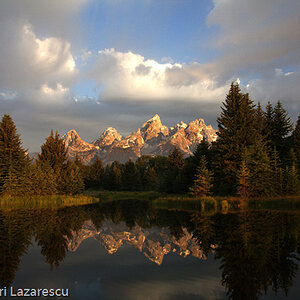Rollei12
TPF Noob!
- Joined
- Feb 2, 2015
- Messages
- 71
- Reaction score
- 2
I'm interested in trying out some infared photography, but I get lost on how much the filter affects things. Normally, my camera's light meter can see through normal filters, but what about a filter you can't even see through? How do I know how many seconds past "Bulb" I need for a proper exposure?
I suppose that's where a light meter is necessary? Any math I could use as I don't have a light meter yet? *ducks so doesn't get hit by tomatoes".
A simple setup that a beginner could understand would be nice. Once the filter goes how how do I set my camera?
Films I'm looking at: Ilford's SFX (I have 1 roll) and Rollei's Infared 400.
I suppose that's where a light meter is necessary? Any math I could use as I don't have a light meter yet? *ducks so doesn't get hit by tomatoes".
A simple setup that a beginner could understand would be nice. Once the filter goes how how do I set my camera?
Films I'm looking at: Ilford's SFX (I have 1 roll) and Rollei's Infared 400.



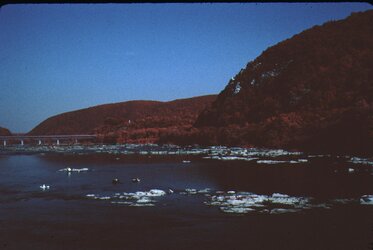


![[No title]](/data/xfmg/thumbnail/40/40291-922170cc27b31d44c3f7f3db9ac1d006.jpg?1619739409)
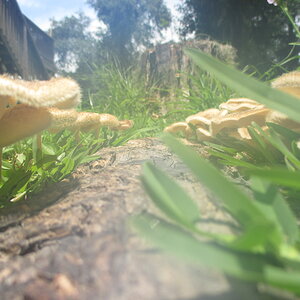
![[No title]](/data/xfmg/thumbnail/38/38292-ab7b4579becf6f3bda3ef5b18219d707.jpg?1619738563)
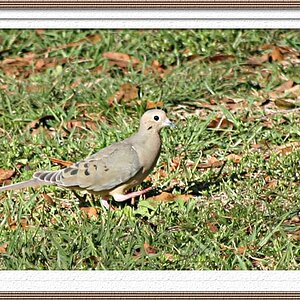
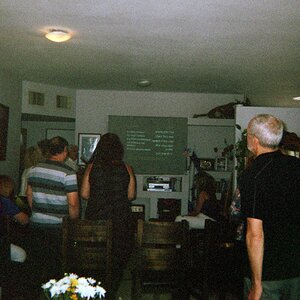
![[No title]](/data/xfmg/thumbnail/42/42457-a2cc06037a1ecaed84b9f0e5366fa8c7.jpg?1619740191)

